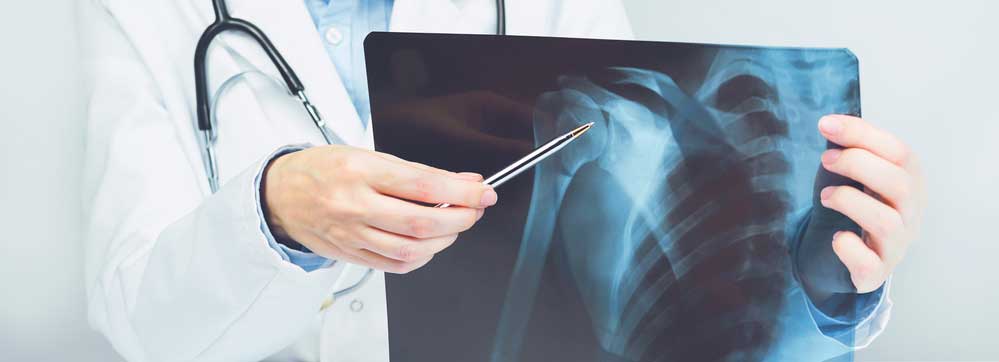What is a SLAP Lesion?
The shoulder joint is a ball-and-socket joint. The “ball” at the end of the upper arm bone (the humerus) fits precisely into a “socket.” A SLAP lesion (Superior Labrum tear Anterior to Posterior) is an injury to the upper labrum of the shoulder. The labrum is a ring of fibrocartilage that surrounds the socket to stabilize the shoulder joint. The biceps tendon attaches to the upper labrum within the shoulder joint. The biceps tendon attaches the biceps muscle to the shoulder and helps stabilize the joint.
SLAP Lesion Cause
The most common causes include falls on an outstretched arm, repeated overhead movements such as throwing, and lifting a heavy object. Overhead and contact sports carry an increased risk of this injury.
SLAP Lesion Symptoms
This injury causes pain when lifting the arm as well as when activating the biceps muscle.
Diagnosis of Labral Tear
The diagnosis is based on the symptoms and a clinical examination. In addition, magnetic resonance imaging (MRI) with a contrast agent injected into the shoulder is essential to properly visualize the labral tear.
Therapy for SLAP Lesion
Depending on the extent of the tear, surgical stabilization must be performed. The exact extent of the labral tear can be determined during arthroscopy.
The surgery is performed arthroscopically “all inside.” The torn structure is fixed to the anatomical position using suture anchors.If the biceps tendon anchor is too torn to allow for refixation, then a biceps tenodesis must be performed. The shoulder joint does not need to be opened for this; 3 small skin incisions are sufficient.
Post-treatment
The post-treatment is carried out with physiotherapy with a slow increase in the range of motion and load.

Dr. Mark Schurz
CONTACT